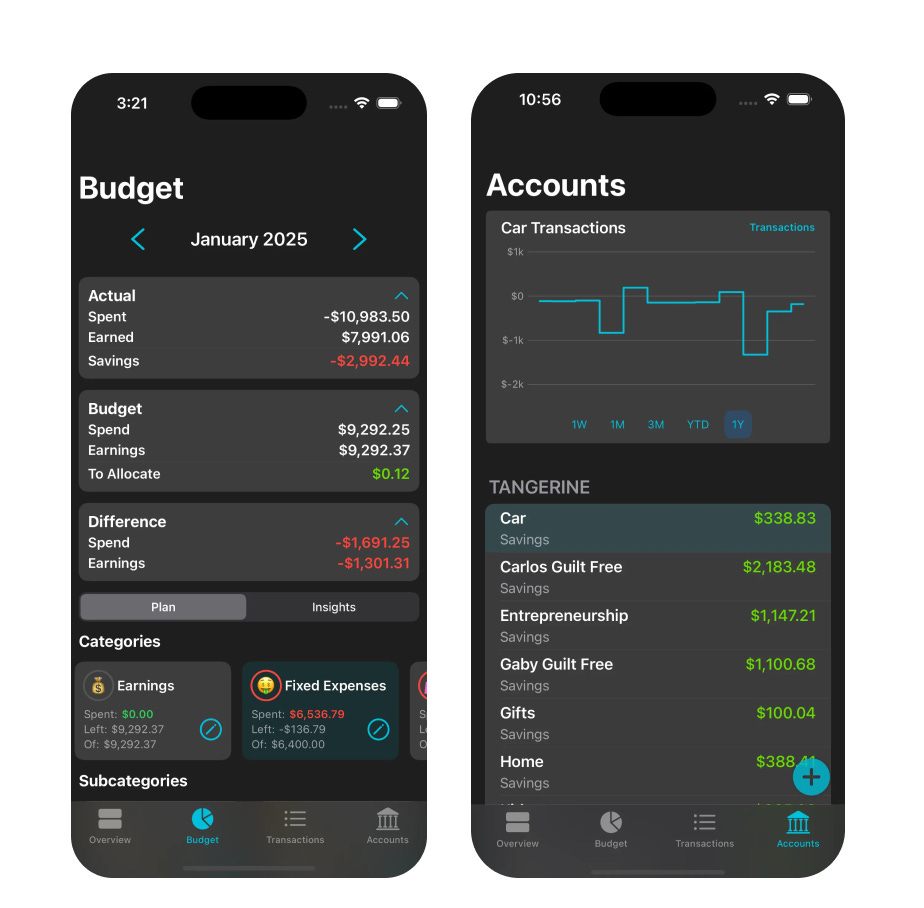While I’m no expert in indie development, I know that picking the right tech stack is a game-changer—it lays the foundation for everything that follows. For me, the journey started with a simple yet powerful question: What do I want to learn so that even if I fail, I still come out ahead with new skills?
I had already dipped my toes into web development and used Python daily in my job. With that experience in mind, I figured building an app would be the best way to push myself further. After diving into research, I identified three main technologies for app development: Flutter, Swift, and Objective-C. While there may be others, these three seemed to dominate the landscape.
I had heard that developing for Android comes with the challenge of accommodating countless screen sizes, processors, and brands. Flutter promised a way to tackle that complexity while also supporting iOS. But while its versatility was appealing, I was eager to learn a new language from scratch. Flutter felt too similar to web development, and one major downside was that it’s always playing catch-up with the latest Swift updates. As for Objective-C, it seemed to be on its way out, so investing time in it didn’t make much sense.
That left Swift. I chose it because it’s a modern language with Apple’s powerhouse backing, ensuring its longevity. Plus, iOS has a much smaller range of screen sizes to account for, making development smoother. Best of all, with Swift, I can immediately adopt Apple’s latest innovations. The only real drawback? I need a Mac to work with it—an investment I hope will pay off in the long run.
One surprising aspect of my journey has been the role of AI in learning and development. Since Swift is relatively new compared to Python, AI models have less training data on it. While some might see this as a drawback, I view it as an opportunity. It forces me to truly understand the language rather than relying on AI-generated solutions that may not always be accurate.
In the end, choosing Swift wasn’t just about practicality—it was about growth. With Apple’s continued support and a commitment to staying ahead of the curve, I know I’m building something that will stand the test of time. The challenges, from requiring a Mac to working without extensive AI guidance, only push me to become a better developer. And that, to me, is the most exciting part of the journey.
Money Map progress
I’m currently developing my first app—a budgeting tool born out of necessity. When Mint, the budgeting app I relied on, was retired, I wasn’t thrilled about linking my bank account to third-party services like Plaid, which many budget apps use. So, I took matters into my own hands and started building my own solution. Currently, it’s available for macOS, with an iOS release just around the corner. It’s been a fun and challenging ride, and I can’t wait to see where this project takes me!
As for progress, well, let’s just say it’s been a slow crawl this week—especially on the download front. Balancing development with a full-time job isn’t easy, and I haven’t had much time for marketing, posting on X, or spreading the word. But the good news? The accounts section for iOS is officially done! Now, I’ve got four major tasks ahead: Categories view, paywall, onboarding, and settings.
I’m still optimistic that the iOS version will be ready to launch by the end of February. It’s a challenge, but I love the process. And hey—here’s a sneak peek of what’s coming soon!
Quote for this week
Proverbs 3:5–6
“Trust in the LORD with all your heart and lean not on your own understanding; in all your ways submit to him, and he will make your paths straight.”






